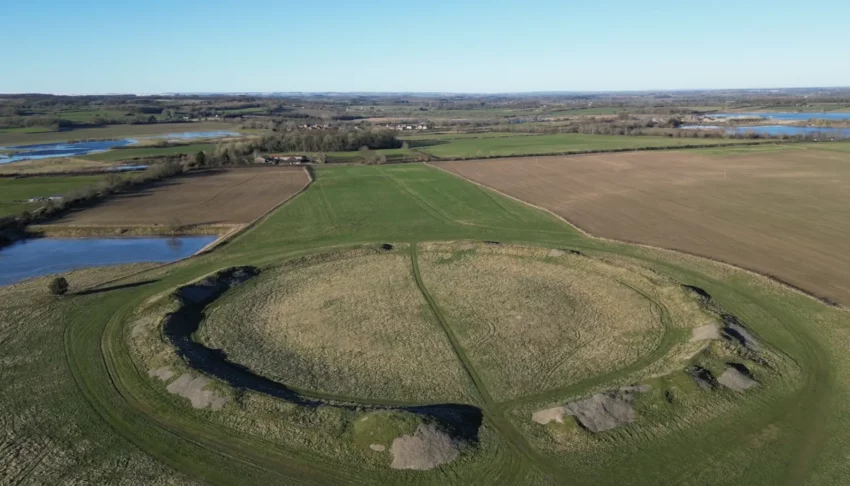The Mystical Thornborough Henges: England’s Ancient Monument Complex
The Thornborough Henges, an ancient monument complex, lies on a raised plateau above the River Ure near the village of Thornborough in North Yorkshire, England. This site, often dubbed ‘The Stonehenge of the North,’ is renowned for its significant Neolithic and Bronze Age structures, including three aligned henges, a cursus, burial grounds, and settlements.
Get your dose of History via Email
A Ritual Landscape
Dating back to between 3500 and 2500 BC, the Thornborough Henges are part of a ‘ritual landscape’ comparable to Salisbury Plain. Historic England regards this landscape as ceremonially important as Stonehenge, Avebury, and Orkney. The site’s alignment and structures suggest it played a central role in the spiritual and social life of ancient communities.
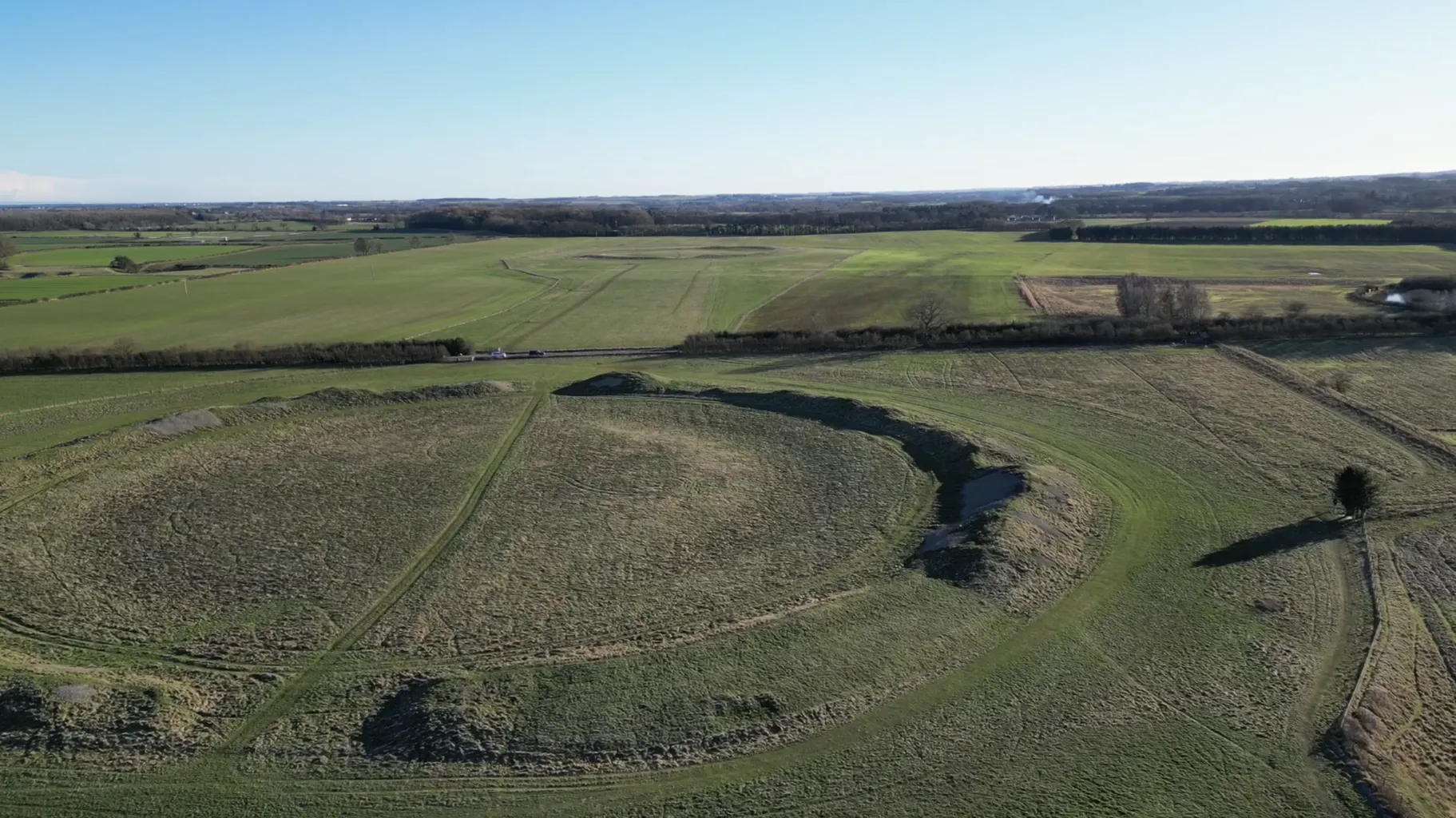
The Cursus: An Enigmatic Monument
The oldest and largest structure at Thornborough is the cursus. Almost a mile long, it runs from Thornborough village to the River Ure, passing under the central henge. Cursuses typically consist of two parallel ditches forming a “cigar-shaped” enclosure. These enigmatic monuments, often associated with burial mounds and mortuary enclosures, likely had ceremonial functions.
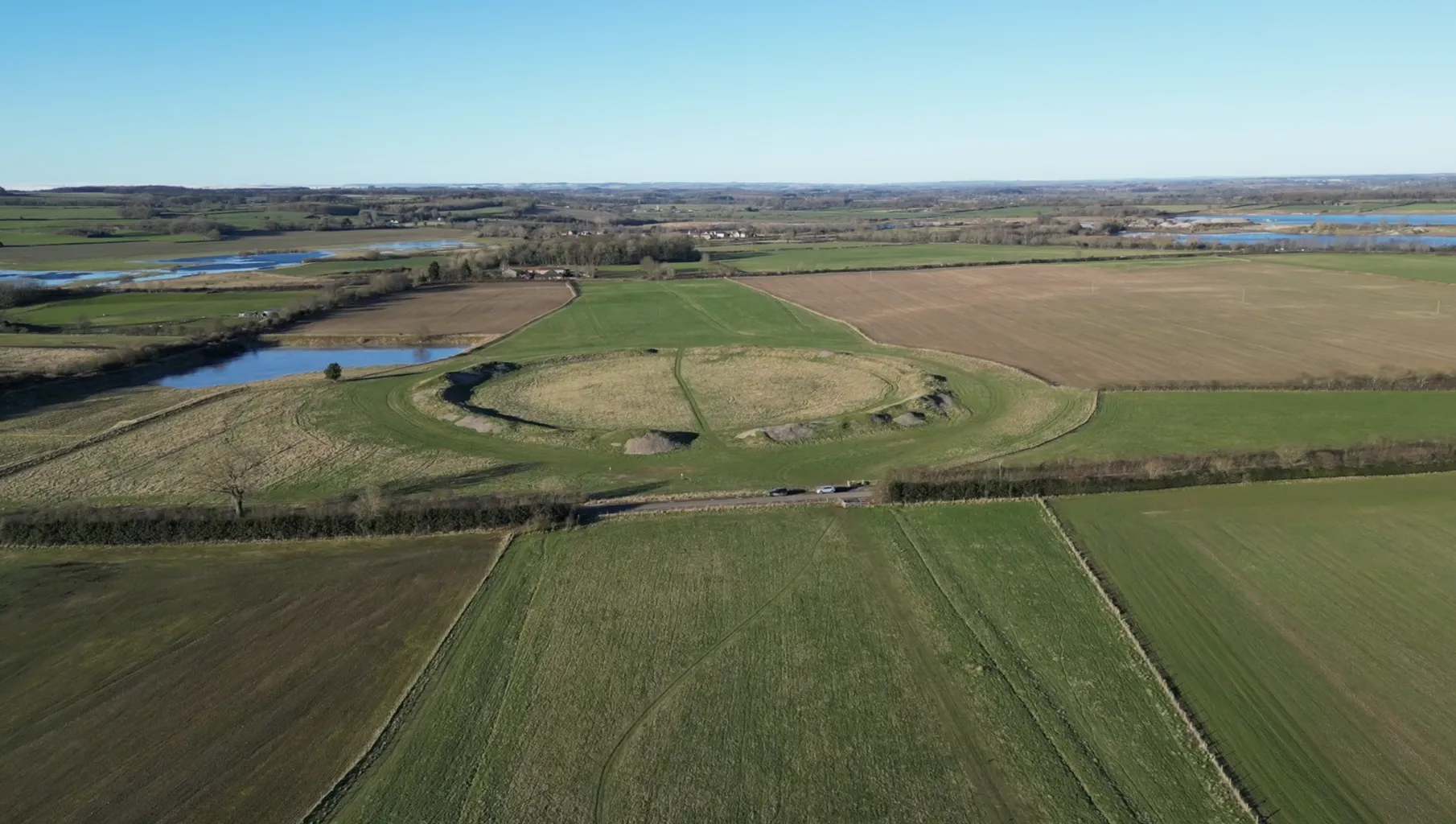
The Henges: Architectural Marvels
The three Thornborough Henges, nearly identical in size and composition, each have a diameter of about 240 meters. They feature two large entrances situated directly opposite each other and are spaced approximately 550 meters apart in a northwest-southeast alignment, with a distinctive ‘dogleg’ in the layout. This alignment intriguingly mirrors the three stars of Orion’s Belt.
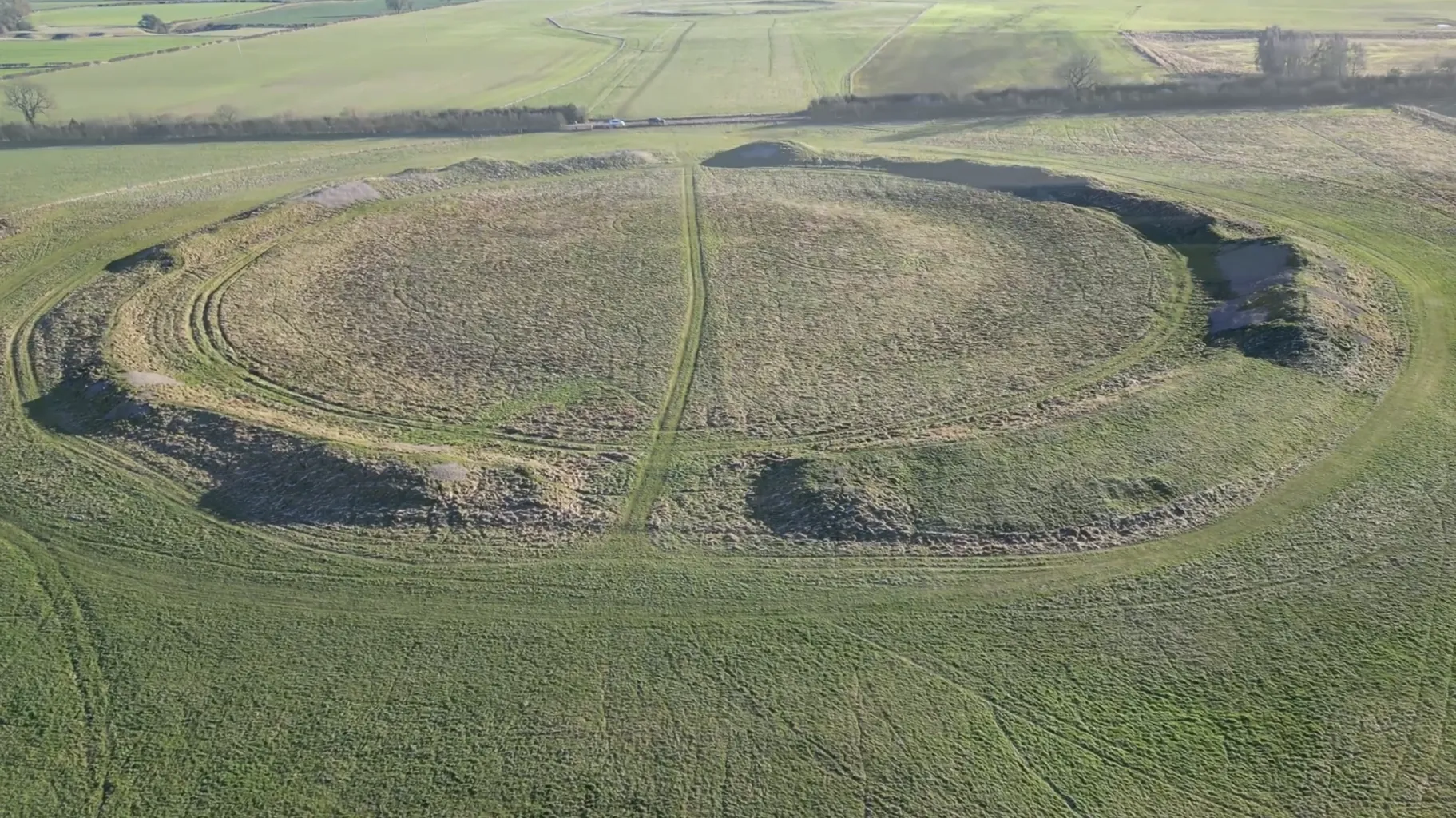
Archaeological excavations of the central henge revealed that its banks were once covered in locally mined gypsum, giving them a striking white sheen visible for miles. A double alignment of pits, possibly indicating a timber processional avenue, extends from the southern henge. These findings suggest that the henges served not only astronomical but also economic and social purposes.
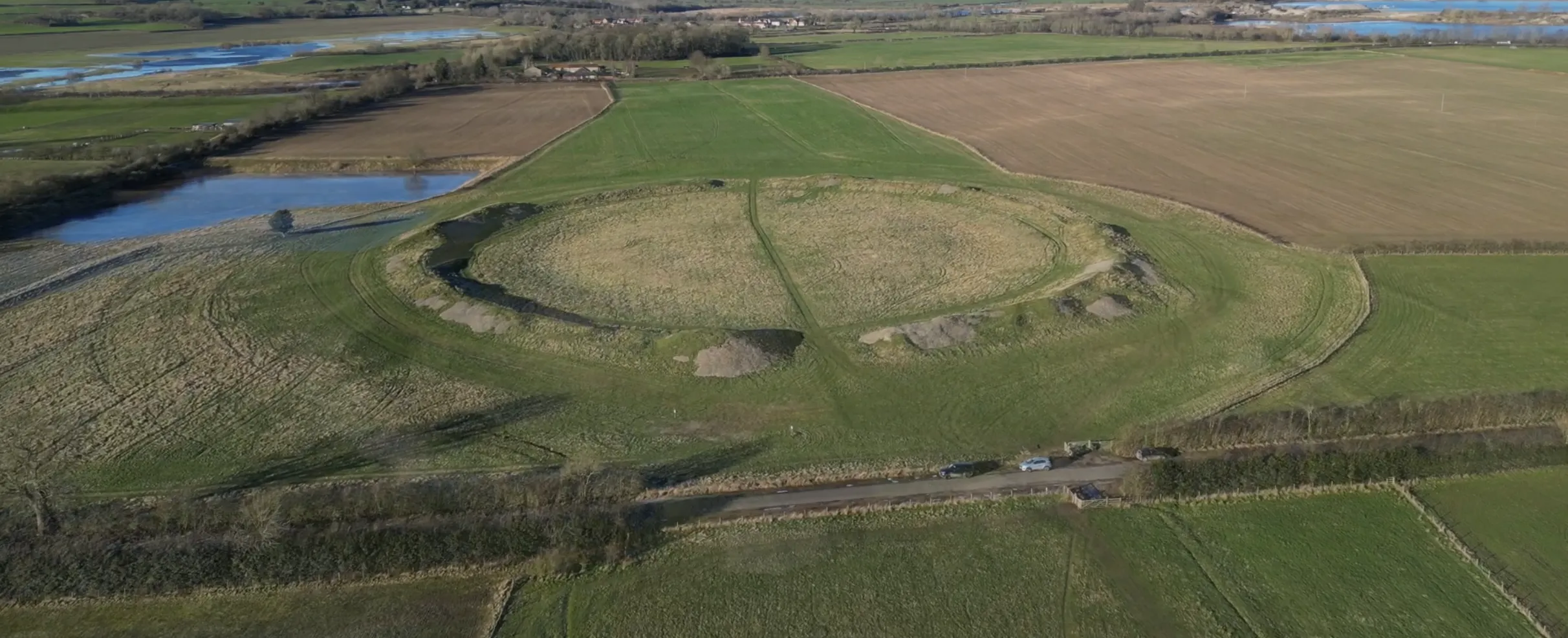
Preservation Efforts
In the early 21st century, extensive quarrying by Tarmac threatened the ritual landscape of Thornborough. Public concern led to negotiations between Tarmac and Historic England. An agreement in 2016 resulted in Tarmac transferring control of two henges and surrounding land to Historic England in 2023. The site, now managed by English Heritage, is publicly accessible. In February 2024, English Heritage acquired the third henge, completing the preservation effort.
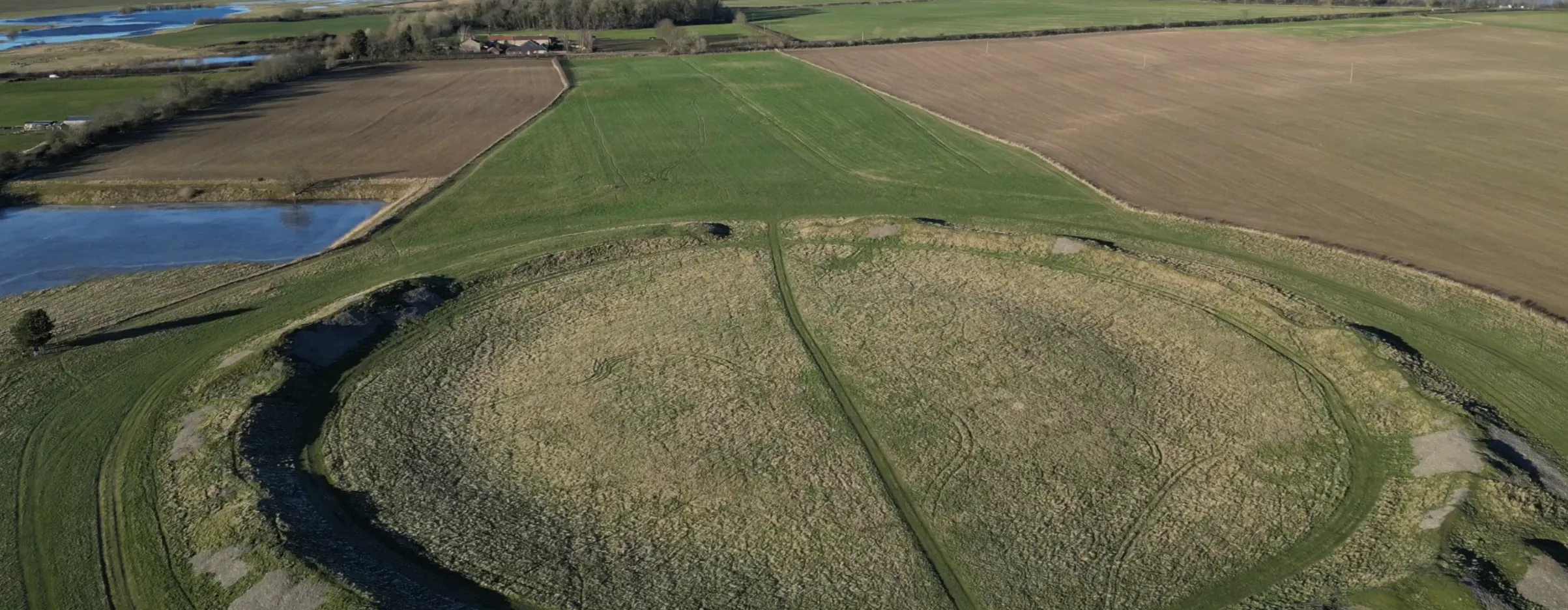
Location and Accessibility
Located above the River Ure near Thornborough village, the site extends more than a mile. The henges’ banks are best appreciated from the air due to their vast scale. The northern henge, overgrown with trees, remains one of the best-preserved in Britain. The central and southern henges, though in poorer condition, still have prominent banks.

The Impact of Quarrying
Quarrying has significantly impacted the monument’s setting, particularly to the north and west. Tarmac’s operations in the Nosterfield quarry area led to protests and campaigns to protect the site. While quarrying continued in some areas, agreements were made to safeguard the most archaeologically significant parts of the landscape.
Modern Celebrations
Despite past restrictions, the site has hosted annual Beltane celebrations since 2004, thanks to Tarmac’s permission. This Gaelic festival draws people to the henges, reconnecting modern visitors with ancient traditions.
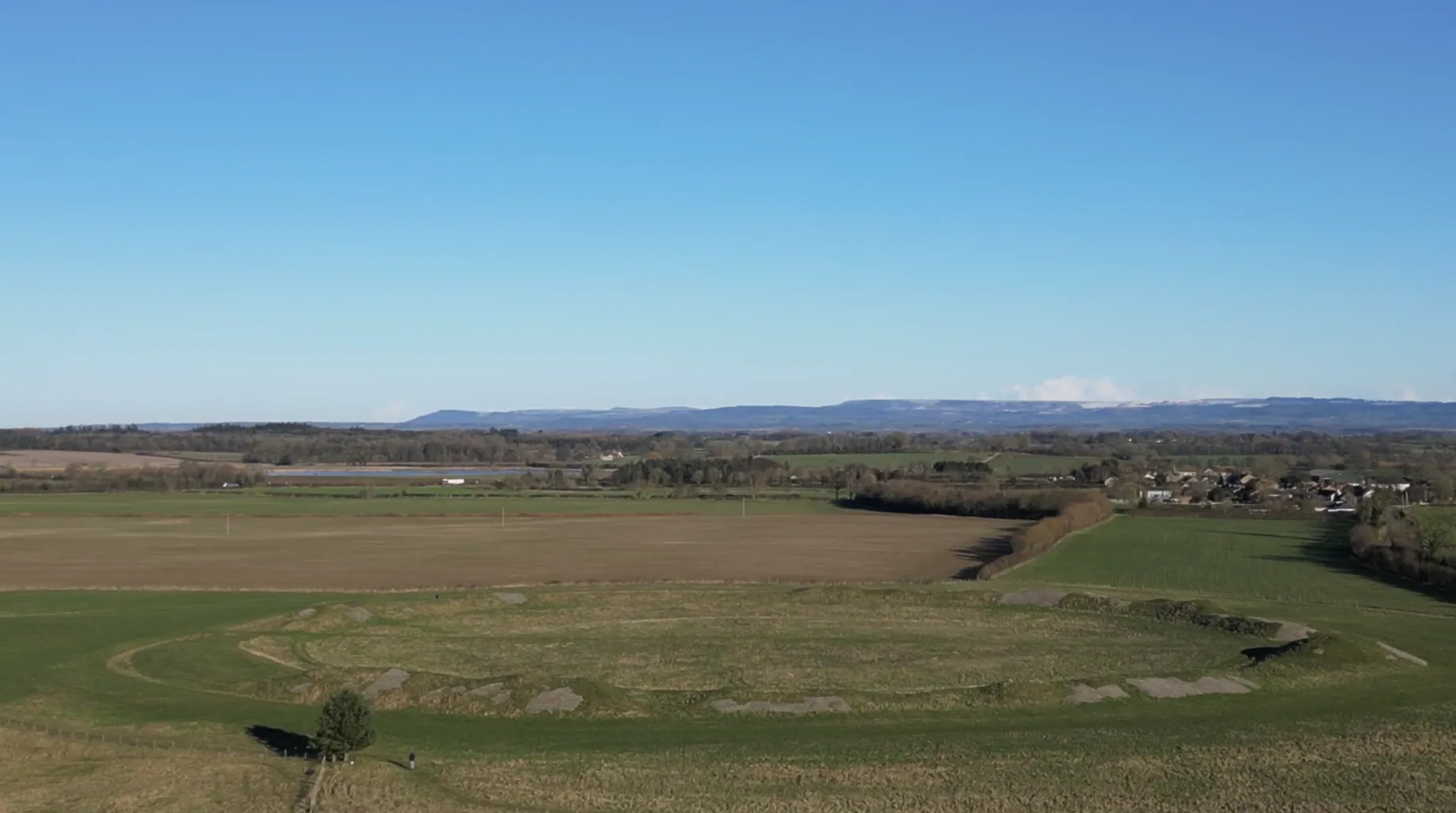
Conclusion
The Thornborough Henges stand as a testament to England’s rich prehistoric heritage. Their preservation ensures that this ‘Stonehenge of the North’ remains a place of historical and cultural significance, offering insights into the lives and beliefs of ancient communities. Now under the stewardship of English Heritage, the Thornborough Henges continue to inspire awe and curiosity, drawing visitors to explore their enigmatic past.
Sources:

